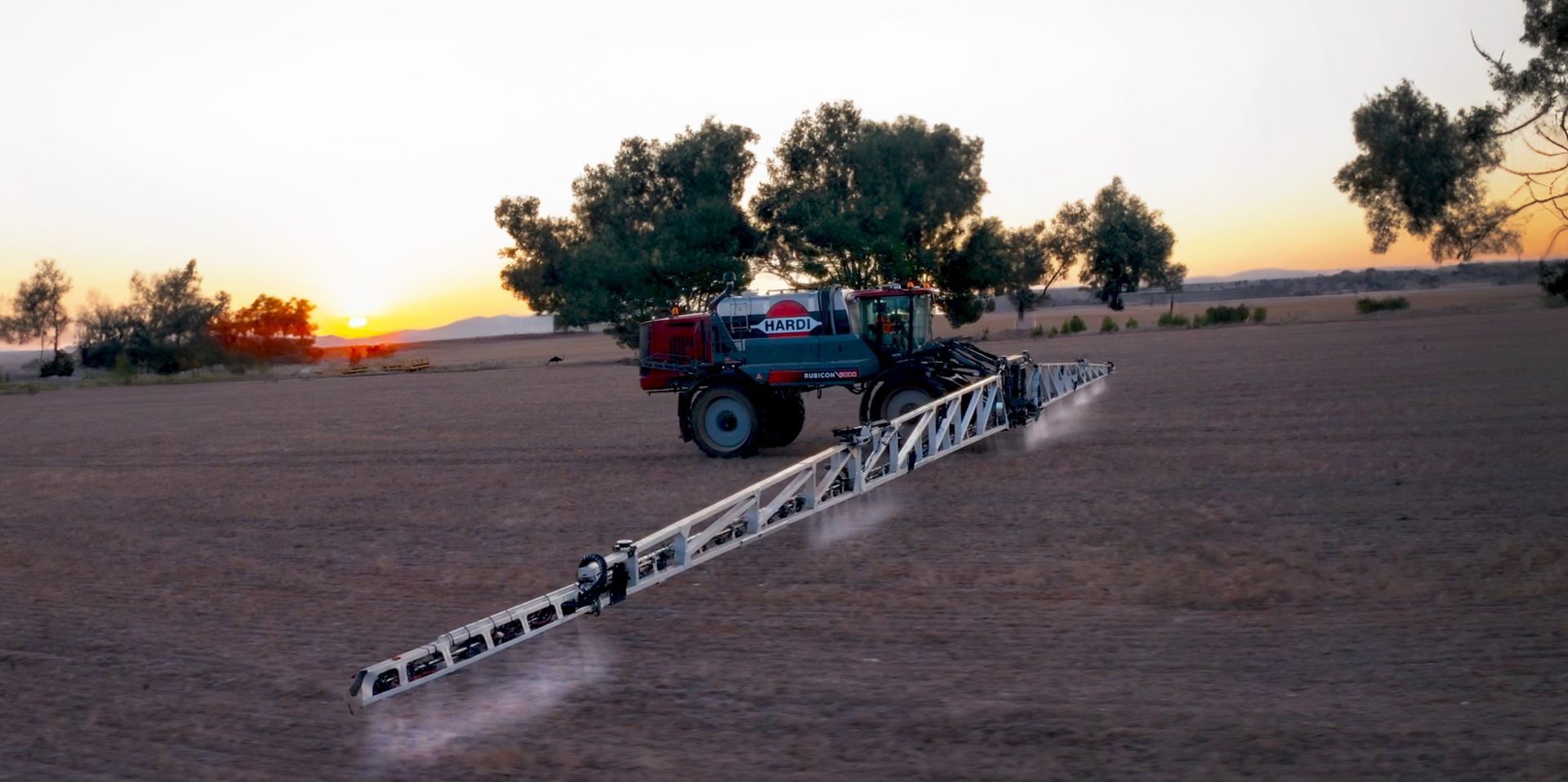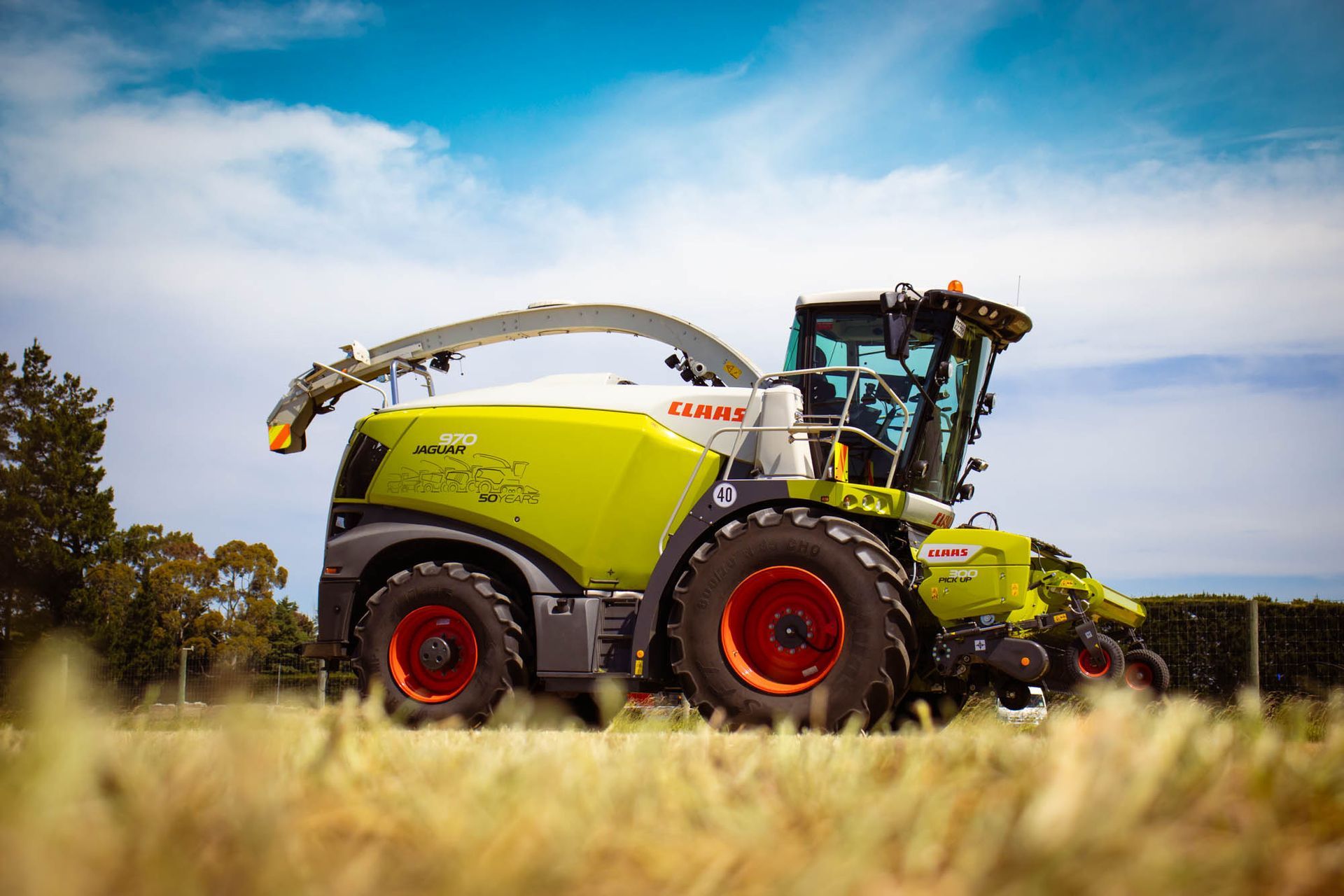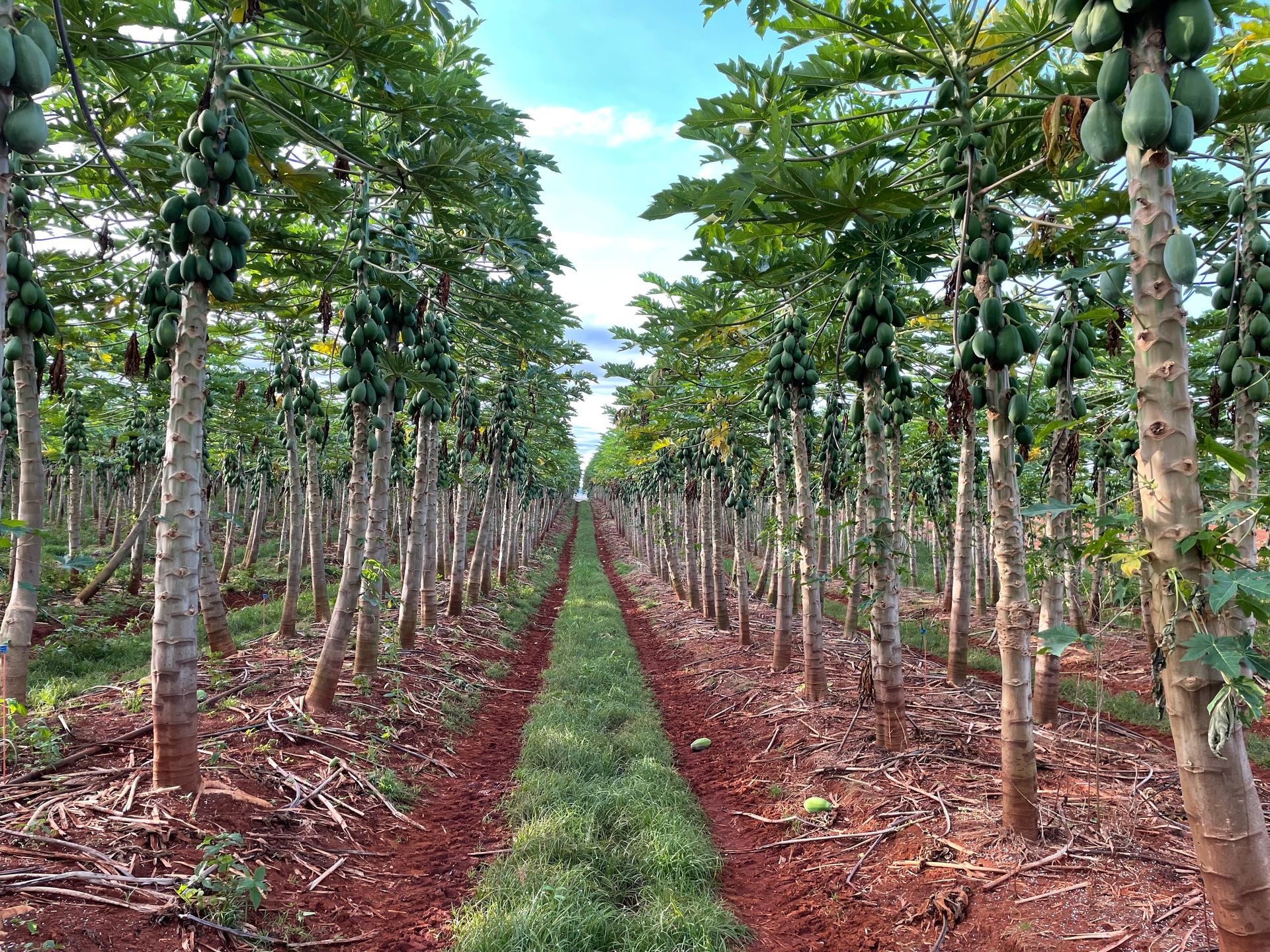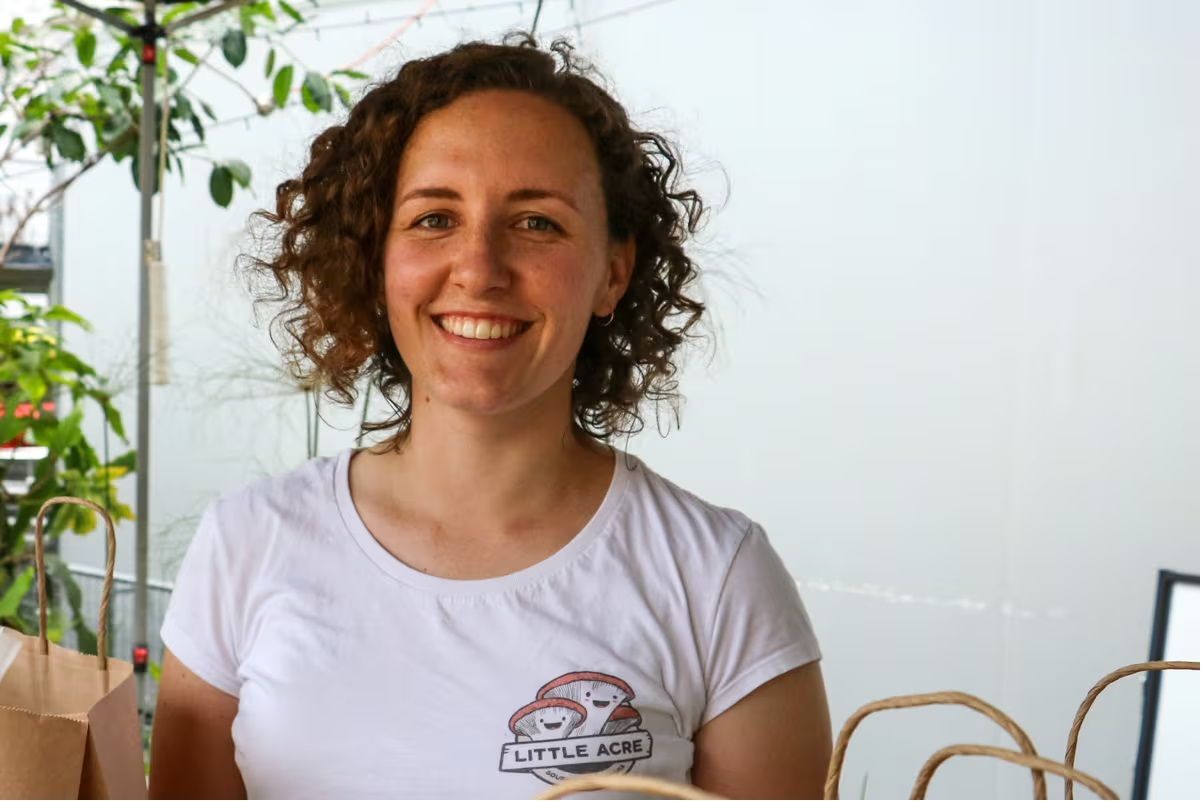Blog Post
Paying farmers to boost biodiversity
Elizabeth Gracie
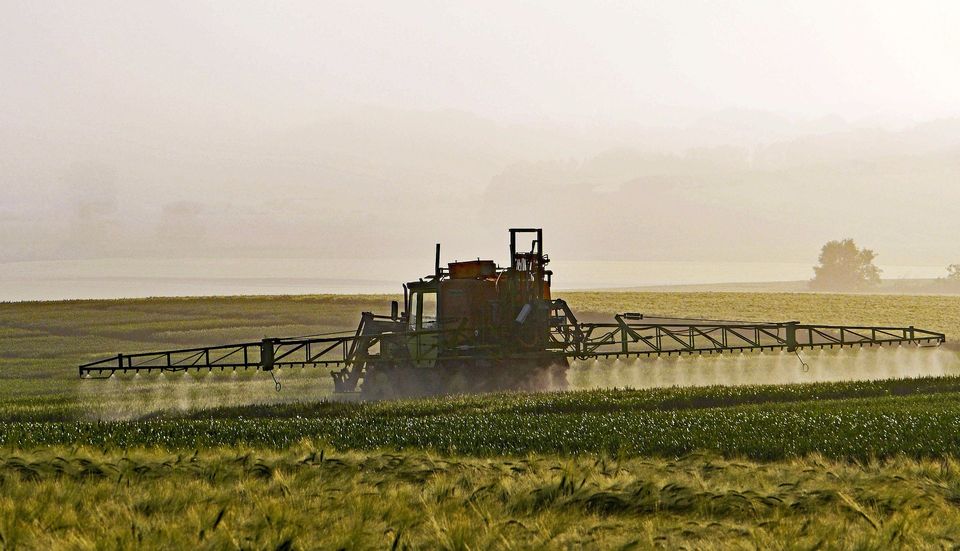
The Australian National University (ANU) has been awarded a $3.4m grant to develop a monitoring, reporting and measuring framework for the Agriculture Biodiversity Stewardship Pilot Program.
The Agriculture Biodiversity Stewardship program pays farmers to boost biodiversity on their property as a means of benefitting their local community.
Minister for Agriculture, Drought and Emergency Management David Littleproud said that “this agreement with ANU is another critical part of our efforts to incentivise the adoption of improved on-farm biodiversity practices”.
“It is time farmers are rewarded for the benefits Australia receives from their work looking after the biodiversity on their land” he continued.
The ANU led pilot program will also allow for farmers and landholders to be offered working contracts with the Federal Government to recognise and maintain biodiversity. This will include projects relating to maintaining and enhancing forests, gullies, waterways, and mixed species native plantings.
It will also link up with work already being conducted by the National Farmers Federation (NFF) and Australian Farm Institute (AFI) to deliver an Australian Farm Biodiversity Certification Scheme.
The NFF has welcomed the ANU-led biodiversity pilot with open arms.
“Scientific rigor and technical accuracy must underpin all of the various methodologies that allow farmers to access these new capital and income sources,” said NFF CEO Tony Mahar.
“So we welcome the addition of ANU to the Stewardship package as a valuable technical and scientific advice provider”.
According to Minister Littleproud, “a biodiversity scheme will give farmers motivation and reward them for looking after nature on their products”.
“If shoppers are prepared to pay more for products that carry the biodiversity stamp, or if it will help increase our market access, then let’s create a brand and reward farmers who do that. We will test this through the pilot.”
Share
Tweet
Share
Mail
NEWS
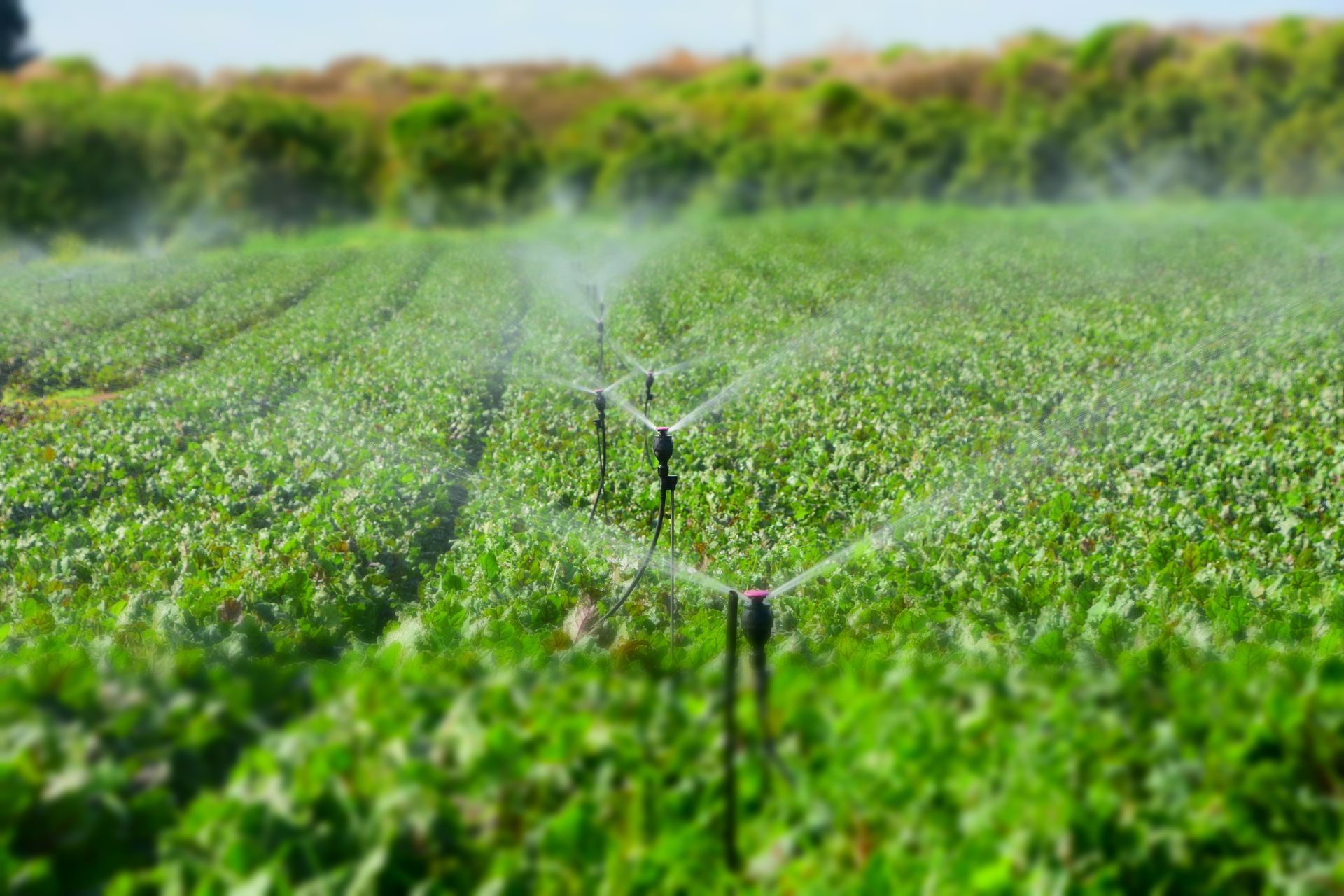
By Jessica Martyn
•
16 Feb, 2024
When it comes to building and maintaining a successful farming business in Australia, implementing the right solutions to deliver and preserve essential resources like fresh water is crucial – and in these ponds, White International is an authority more than 70 years strong.
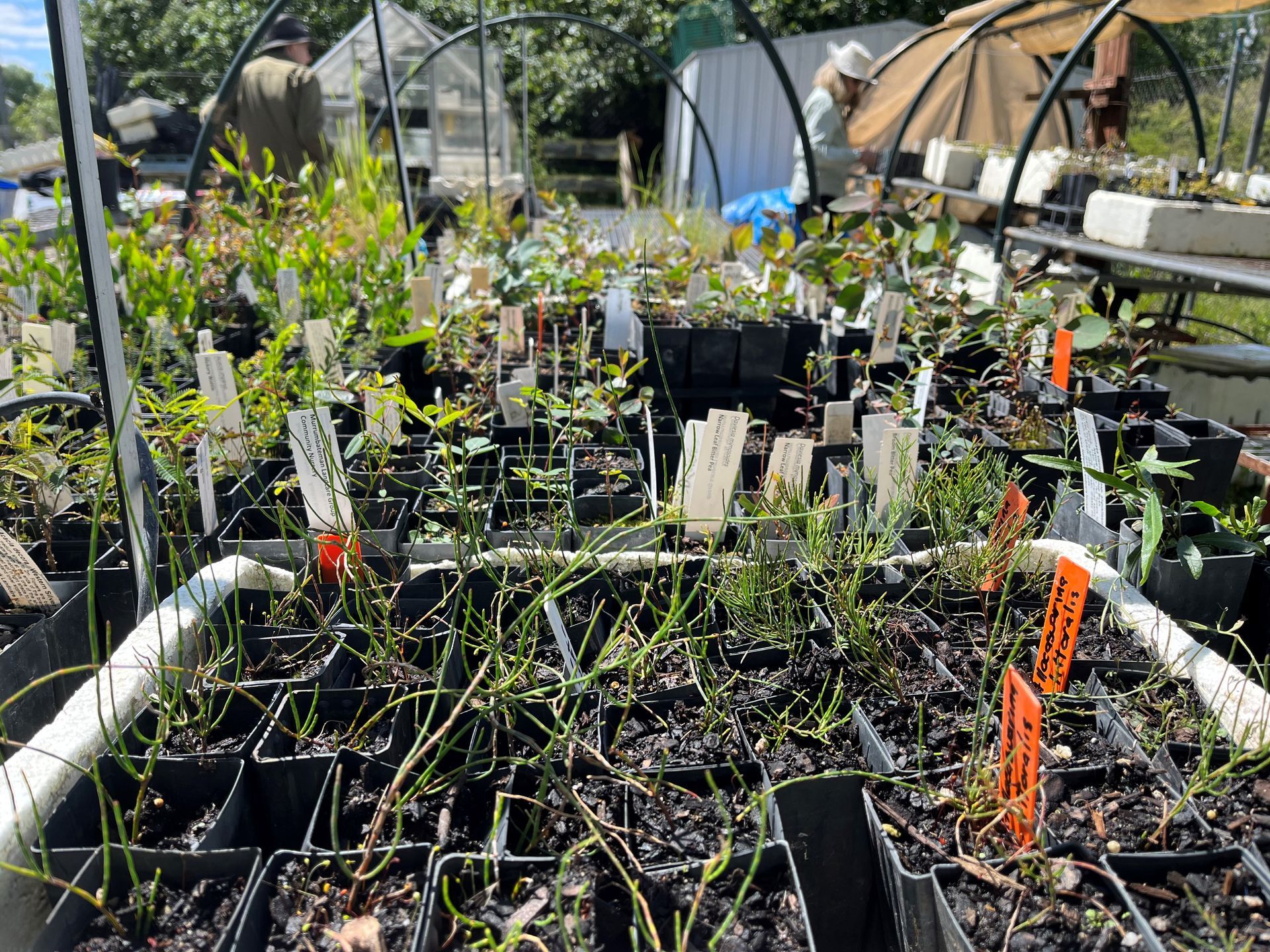
04 Dec, 2023
As a Landcare group, one of our main interests is to increase ecological resilience in our local area. Many of our landscapes have been cleared of vegetation in previous decades, so we have the task of supporting landholders to plant trees and shrubs to replace those that are missing. The benefits of revegetation are manifold. They include providing habitat for a range of native animals; controlling erosion and salinity; increasing farm productivity through nutrient cycling and shade and shelter for stock; and drawing down carbon from the atmosphere. But as weather patterns become more variable and we experience more climatic extremes, we need to think about which plant species – and which plant genetics – are most appropriate in our revegetation efforts. We are forced to ask will our local plantings be able to survive our future climate? Up until recently, it has been common for people to preference locally sourced seed when re-planting. This has been based on the idea that such plants will be best adapted to local conditions. However, there is growing understanding among scientists and land managers that we need to shift our focus to plants that can persist as the climate changes. This involves looking at which plant species are most appropriate by focussing on species that have a wide distribution and grow in our area and also in hotter areas, and increasing the genetic diversity of our tubestock so they have the best potential to adapt over successive generations. Our Landcare group has been tackling this issue for the past several years, working with scientists and AdaptNSW to find the best way forward. There are several key steps involved: understanding our local future climate, analysing whether selected local species can survive in climates like the one projected for our area, and sourcing seed for those likely-to-survive species from a range of areas to increase the genetic diversity of our plantings. Planting the right species with good genetic diversity gives revegetation projects the best chance of survival into the future. It’s not just about making sure the individual tubestock will grow, but that future generations of those plants will be able to survive and thrive. Luckily there are some good resources available for farmers, land managers and groups interested in climate ready revegetation. The Royal Botanic Garden Sydney has launched the Restore and Renew Webtool ( https://www.restore-and-renew.org.au/ ), which is a wonderful way for people to incorporate both climate change and genetic information when sourcing seed or plants. The NSW Niche Finder is invaluable for those who want to dig further into climate variables and species distribution ( http://www.nswnichefinder.net/ ). For future climate information, the CSIRO and Bureau of Meteorology have joined forces to provide a user-friendly online tool ( https://myclimateview.com.au/ ). And AdaptNSW also provides projected climate change information for different regions of the state ( https://www.climatechange.environment.nsw.gov.au/projections-map ). The Yass Area Network of Landcare Groups also has detailed information about our work on climate ready revegetation and relevant resources our website: https://yan.org.au/projects/climate-ready-revegetation-project As the climate changes, our revegetation efforts are more important than ever. And we need to make sure that they are ‘climate ready’ so that their benefits persist well into the future.
A selection of The Australian Farmer Sponsors - Click on a banner below to find out more...

